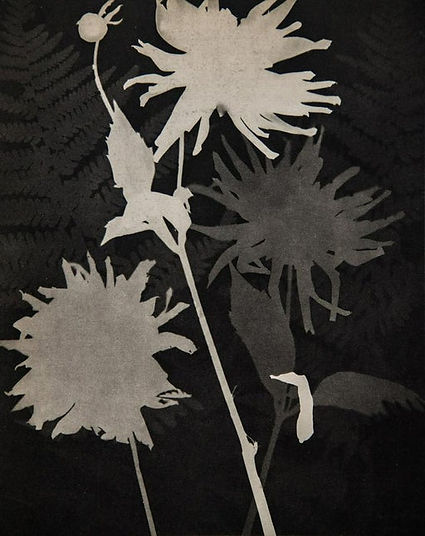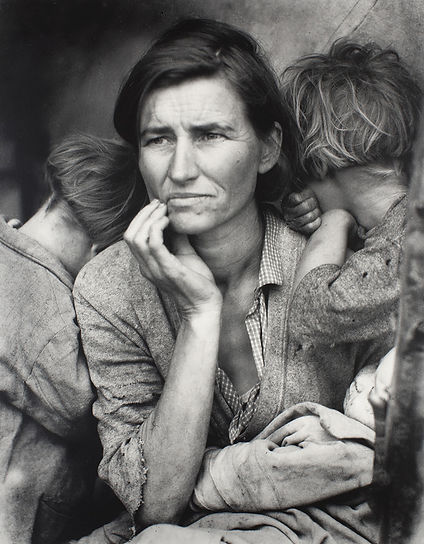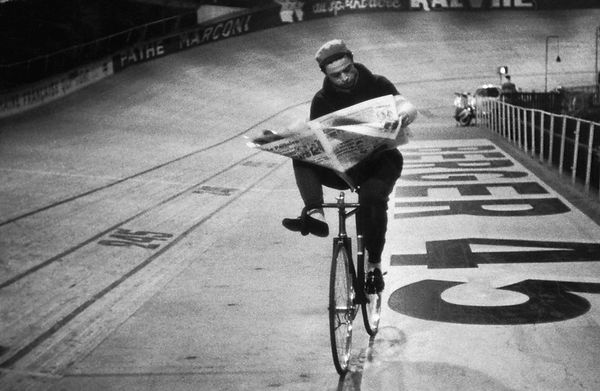top of page

Photography is only 184 years old
The Camera Obscura invented during the Renaissance, 1400 to 1600, led to the innovation of photography.

The second innovation came in 1836 when Louis Daguerre invented a silver-plated copper sheet process that preserved images made by the camera obscure.

The third innovation came in 1839 when William Talbot invented the light-sensitive paper, which included the concept that a negative version of an object could reproduce a positive image.

In the 1860's Portrait Photography was born with the innovation of the tintype photographs. These were inexpensive portraits that the sitter could carry away with him after his sitting.

In the 1860's Adolphe Disderi invented a combination plate-paper technique called the carte-de-visite which was adhered to cardboard and was also inexpensive. This allowed for portraits to be printed multiple times. Queen Victoria commissioned
many portraits.

In the 1890's Naturalistic Photography was embraced. A group of photographers, led by Alfred Stieglitz, recorded life as it unfolded. They did not alter the photos in any way.

In the early 1900's naturalistic photography was re-envisioned into an abstract form. Paul Strand developed a close up naturalistic photography called Straight Photography.

In the 1920's there was a group of artists who use the light sensitive paper as an art medium. Man Ray would place objects on the paper to create abstract photograms. They described themselves as Photographic Painters.

In the 1930's the US government through the Farm Security Administration sent photographers out to record what was happening in the rural areas of the nation after the Great Depression. Dorothea Lange became a famous Social Commentator photographer during this time by concentrating on the migranting farm workers.

In the 1940's Henri Cartier-Bresson brought Photojournalism to a higher level. He developed the concept of capturing the photograph at the "decisive moment." This was the precise instant that a photo became the most dynamic. Right after this moment the experience was lost.

In the 1950's Ansel Adams concentrated on Nature Photography. He was interesting in recording our natural environment. He spent a life time taking photographs around the national parks of New Mexico, Arizona, Colorado, Nevada, and California.

In the 1950's Advertising Photography was developed by several photographers, including Richard Avedon. He focused on Fashion Photography for magazines of the day, such as Harper's Bazaar and Vogue.

In the 1960's Street Photography intrigued Roy DeCarava. He walked the streets of Harlem waiting to capture an intimate moment. He recorded the life of the African American from an African American perspective.

In the 1970's the concept of Gritty Photography was introduced. Sally Mann embarked on a multiple-year-long project of photographing her family. This process often created photographs that were just this side of being too intimate, almost overstepping public bounds.

In the 1980's and 1990's photographers broke the barrier between art and photography developing the concept of Fine Art Photography. In this form, photographers thought of themselves as artists and used the camera as a tool for creative expression. Robert Mapplethorpe created masterfully executed photograph. Cindy Sherman created elaborately staged portraits.

In the early 2000's photography lost its ability to tell the truth. With the digital age the techniques to alter photographs eliminated the ability to determine whether a photograph was the original. In addition, the ability to produce photographs multiplied exponentially. This turned Fine Art Photography toward Montage Photography which consisted of combining more than one photograph to make a work of art. Barbara Kruger creates modern-day montages combining photographs and statements.
bottom of page